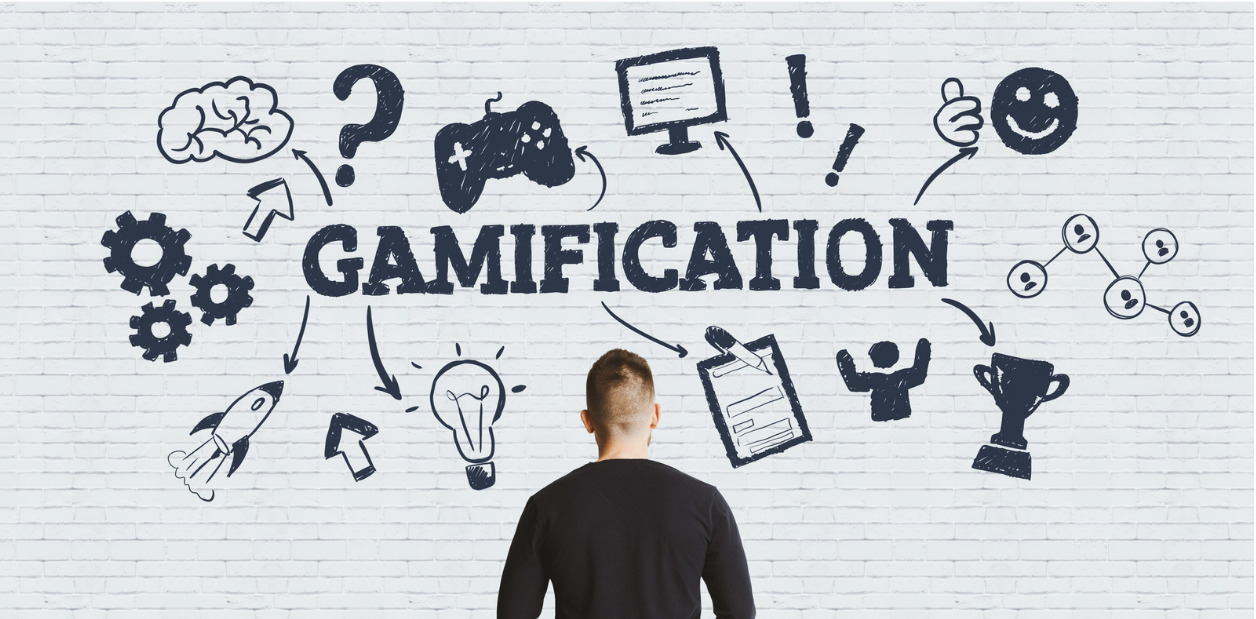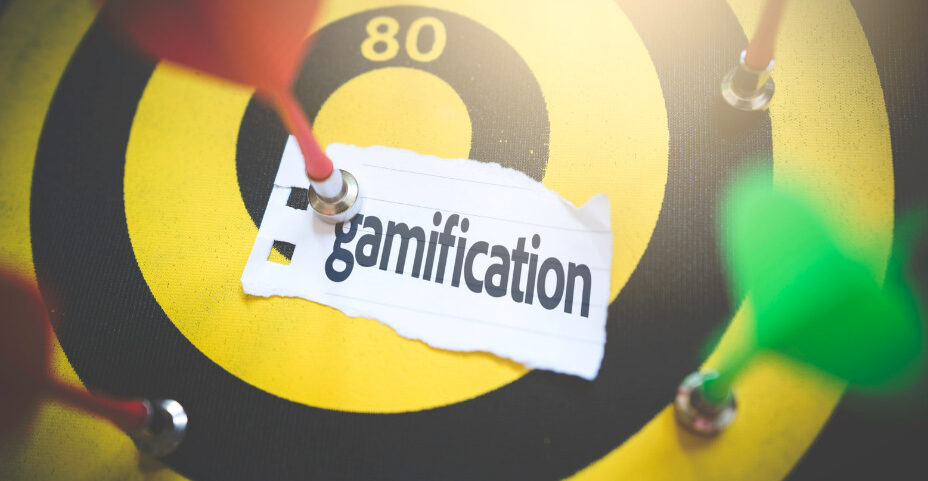In the contemporary business landscape, call centers play a crucial role in maintaining customer relationships, resolving issues, and ensuring operational efficiency. However, the nature of call center work can often be monotonous and demanding, leading to issues such as low employee motivation, high turnover rates, and decreased customer satisfaction. To address these challenges, many call centers have turned to gamification as a strategy to enhance performance and engagement among employees. Gamification involves applying game mechanics and elements to non-game contexts to encourage desired behaviors and outcomes. This essay explores the concept of call center gamification, its benefits, challenges, and potential future developments.
I. Understanding Call Center Gamification
A. Definition and Core Components
Call center gamification refers to the integration of game-like elements into the call center environment to motivate and engage agents. These elements often include points, badges, leaderboards, challenges, rewards, and competition. By transforming routine tasks into a game-like experience, employees become more invested in their work, leading to increased productivity and overall job satisfaction.

B. Mechanics of Gamification
1. Points and Rewards: Agents earn points for completing tasks, resolving customer issues, and achieving goals. These points can then be exchanged for rewards, such as gift cards or additional break time.
2. Badges and Achievements: Similar to video game achievements, badges are earned when agents reach specific milestones or demonstrate particular skills. These visual cues not only provide a sense of accomplishment but also serve as a status symbol among peers.
3. Leaderboards and Competition: Leaderboards display the performance rankings of agents, fostering healthy competition and encouraging employees to strive for higher rankings.
II. Benefits of Call Center Gamification
A. Enhanced Employee Motivation
Gamification taps into intrinsic human desires for achievement, recognition, and competition. By introducing game-like elements, call centers can transform routine tasks into enjoyable challenges, thereby increasing employee motivation and engagement.
B. Improved Performance Metrics
Engaged employees are more likely to meet or exceed performance targets. Through gamification, agents are incentivized to enhance their efficiency, resulting in improved metrics such as call resolution time, first-call resolution rate, and customer satisfaction scores.
C. Reduced Turnover Rates
High turnover rates have long been a challenge in the call center industry. Gamification contributes to reducing attrition by making the work environment more enjoyable and rewarding. When employees feel a sense of accomplishment and are recognized for their efforts, they are more likely to remain committed to their roles.
D. Skill Development
Gamification allows call centers to focus on skill development. By offering badges and rewards for mastering certain skills, agents are motivated to continuously improve and expand their capabilities.

III. Challenges of Implementing Gamification
A. Designing Effective Gamification Strategies
Not all gamification efforts yield positive results. Designing a gamified system that aligns with the call center’s goals, employee preferences, and organizational culture is a complex task requiring careful planning and iteration.
B. Avoiding Negative Competition
While competition can be motivational, it must be carefully managed to prevent negative outcomes such as a toxic work environment, cheating, or unhealthy rivalries among employees.
C. Sustaining Long-Term Engagement
Sustaining interest in gamification over the long term can be challenging. Without continuous updates, new challenges, and evolving rewards, employees may lose interest once the novelty wears off.
IV. Future Developments and Trends
A. Personalisation
The future of call center gamification lies in personalisation. Tailoring challenges, rewards, and achievements to individual agent profiles and preferences can lead to even higher levels of engagement.
B. Integration of AI and Data Analytics
Advancements in AI and data analytics can provide insights into agent performance patterns, allowing for the creation of more targeted and effective gamification strategies.
Conclusion
Call center gamification has emerged as a powerful tool for improving employee motivation, performance, and engagement. By harnessing the principles of game design, call centers can transform mundane tasks into exciting challenges. However, successful implementation requires careful consideration of design, potential challenges, and ongoing maintenance. As technology continues to evolve, call centers that embrace personalized, data-driven, and collaborative gamification strategies are likely to see even greater benefits in the future.
